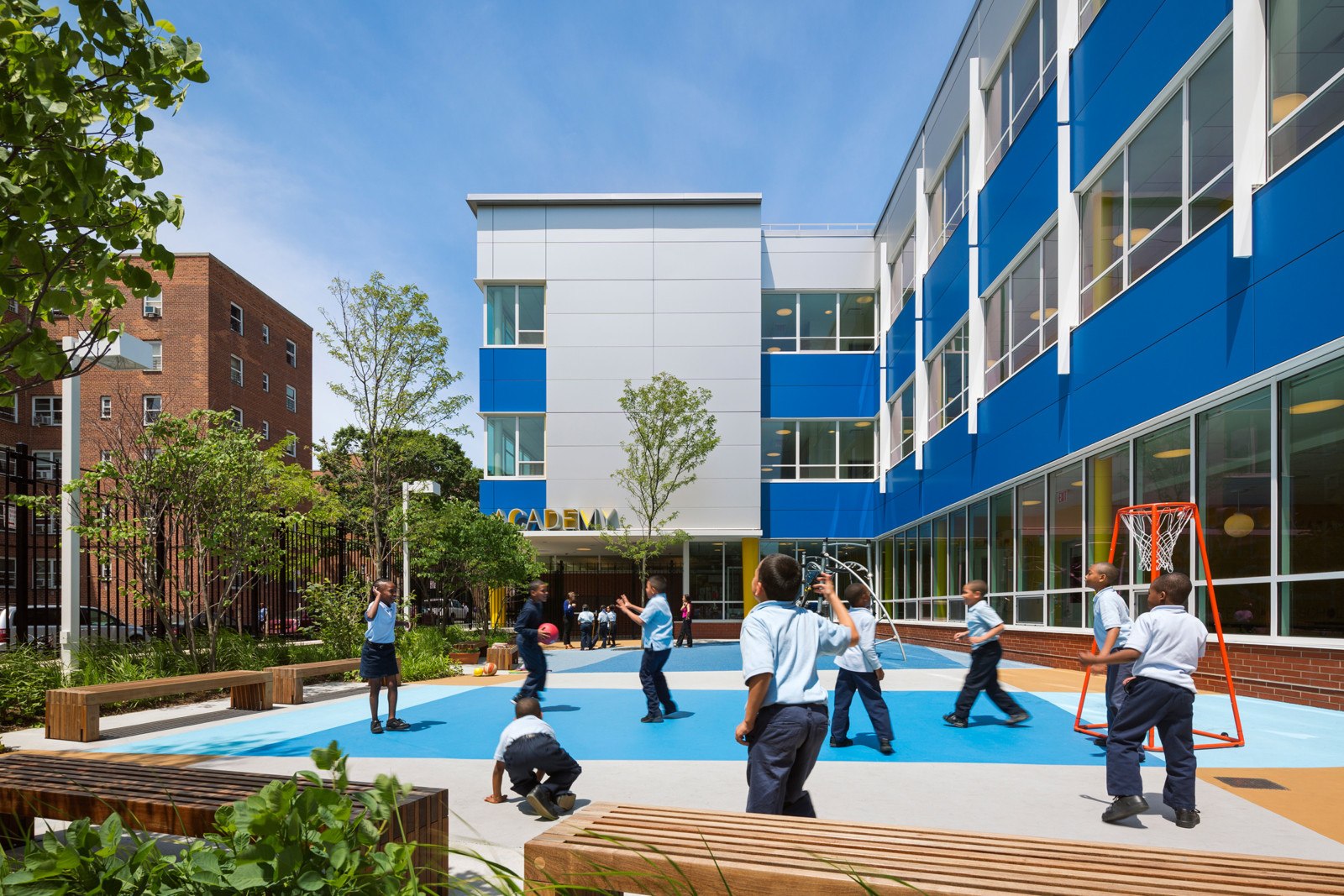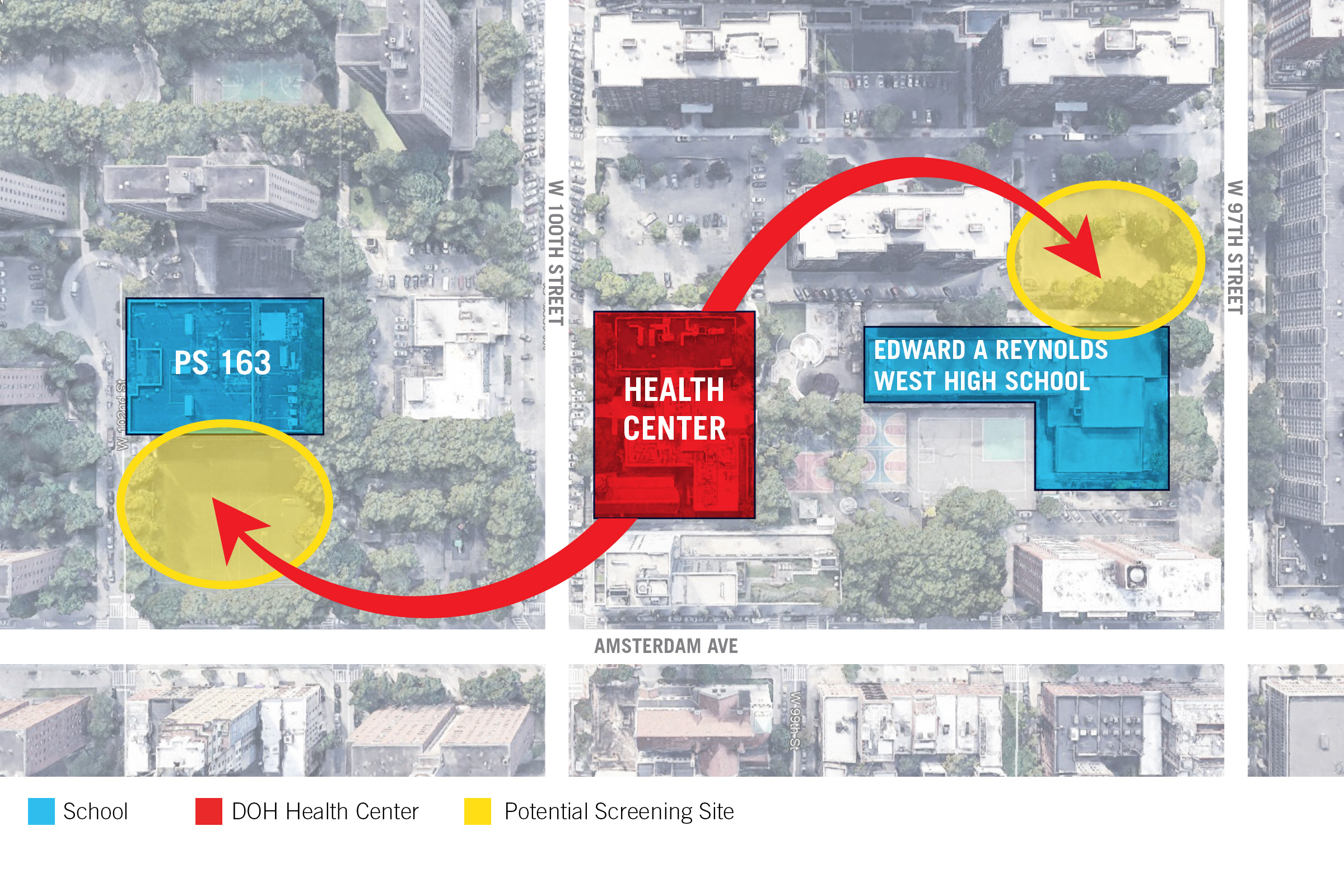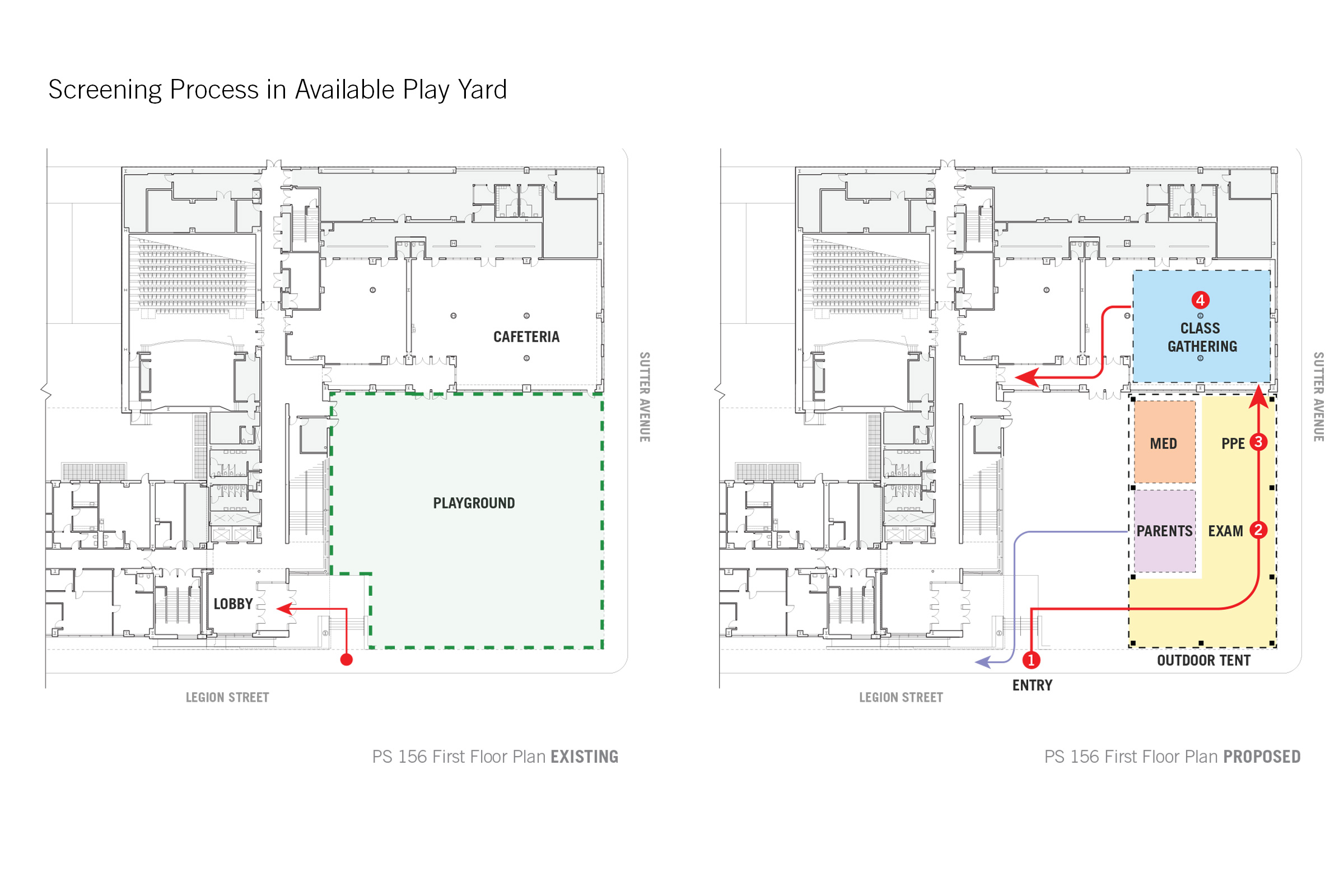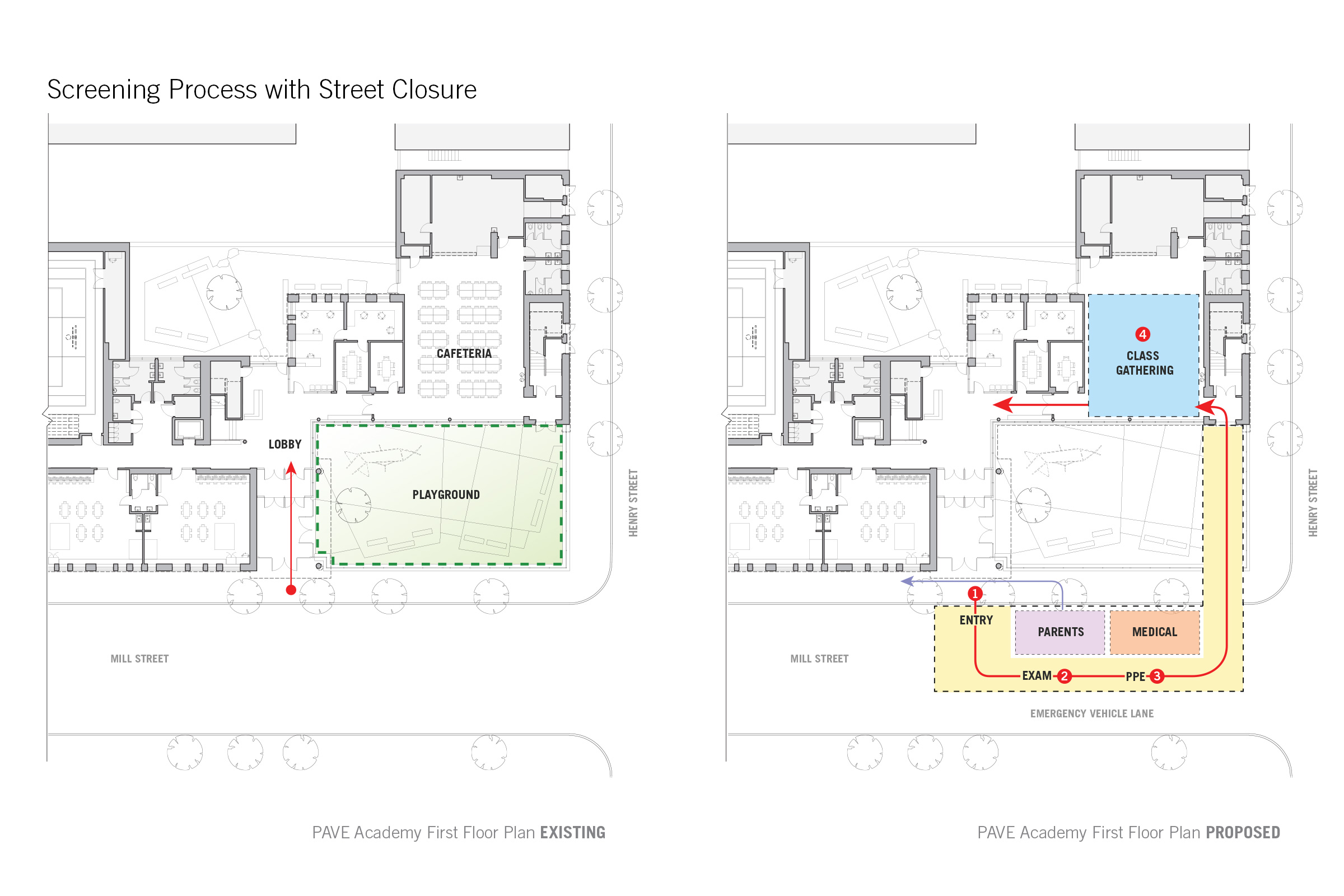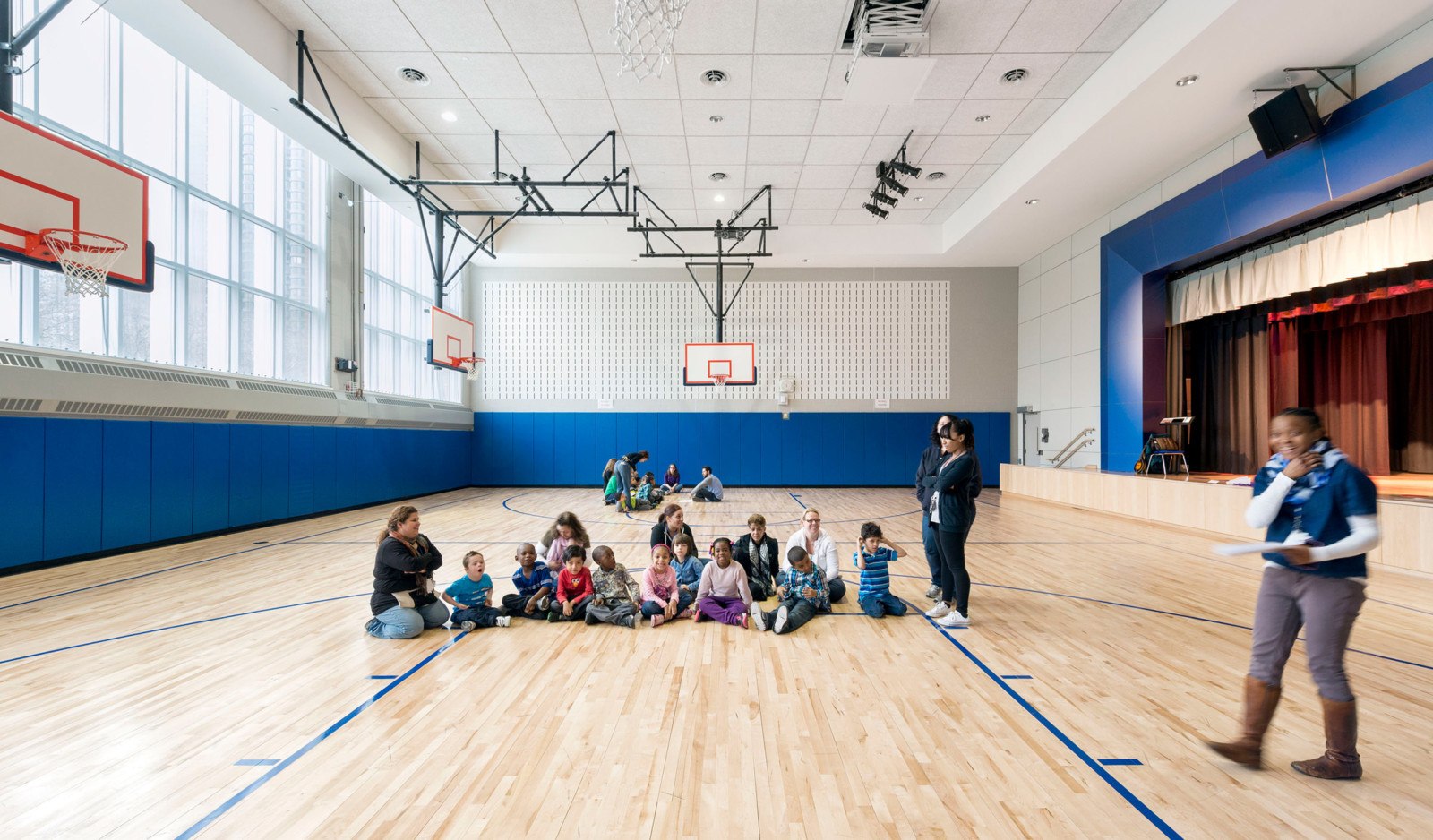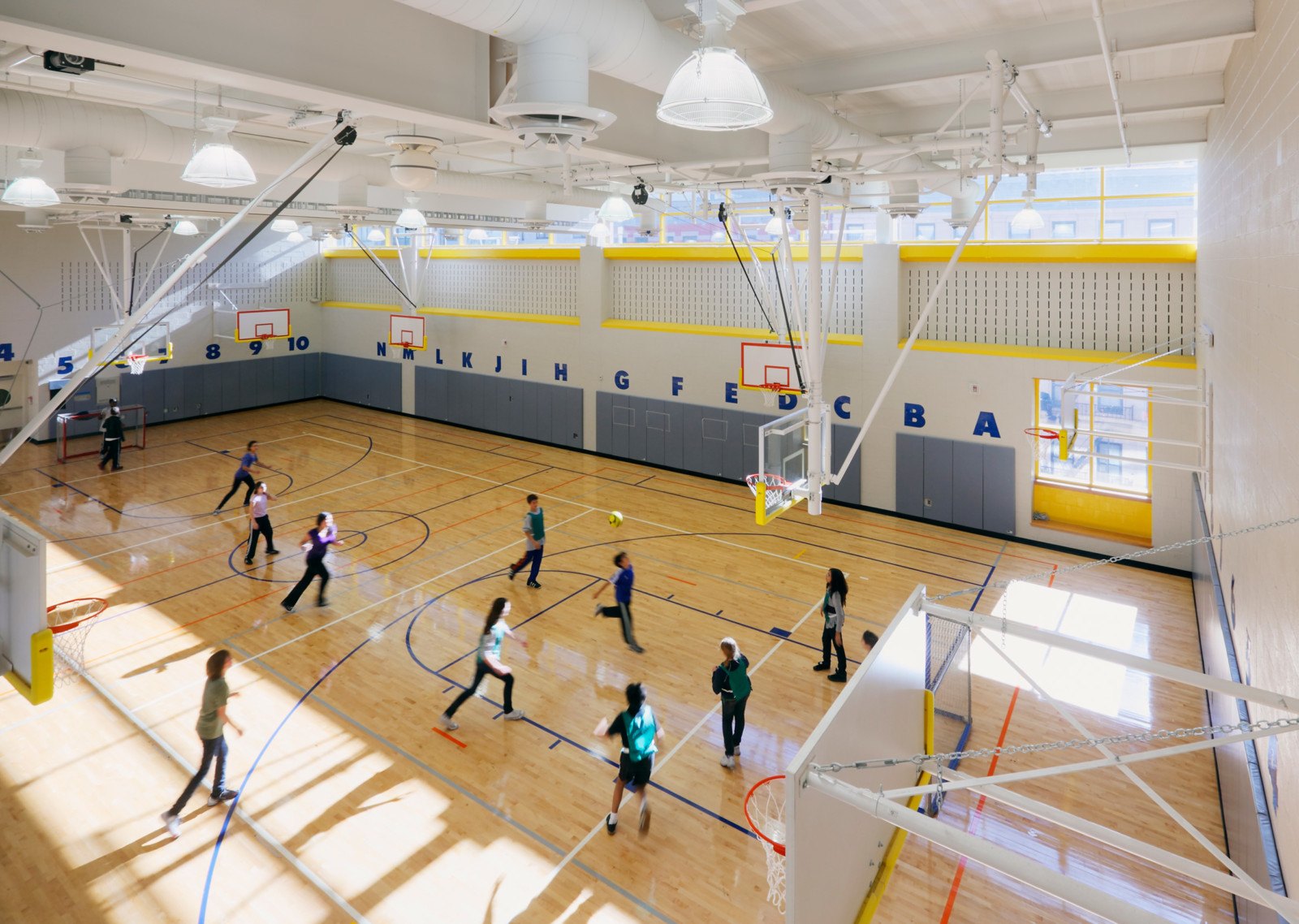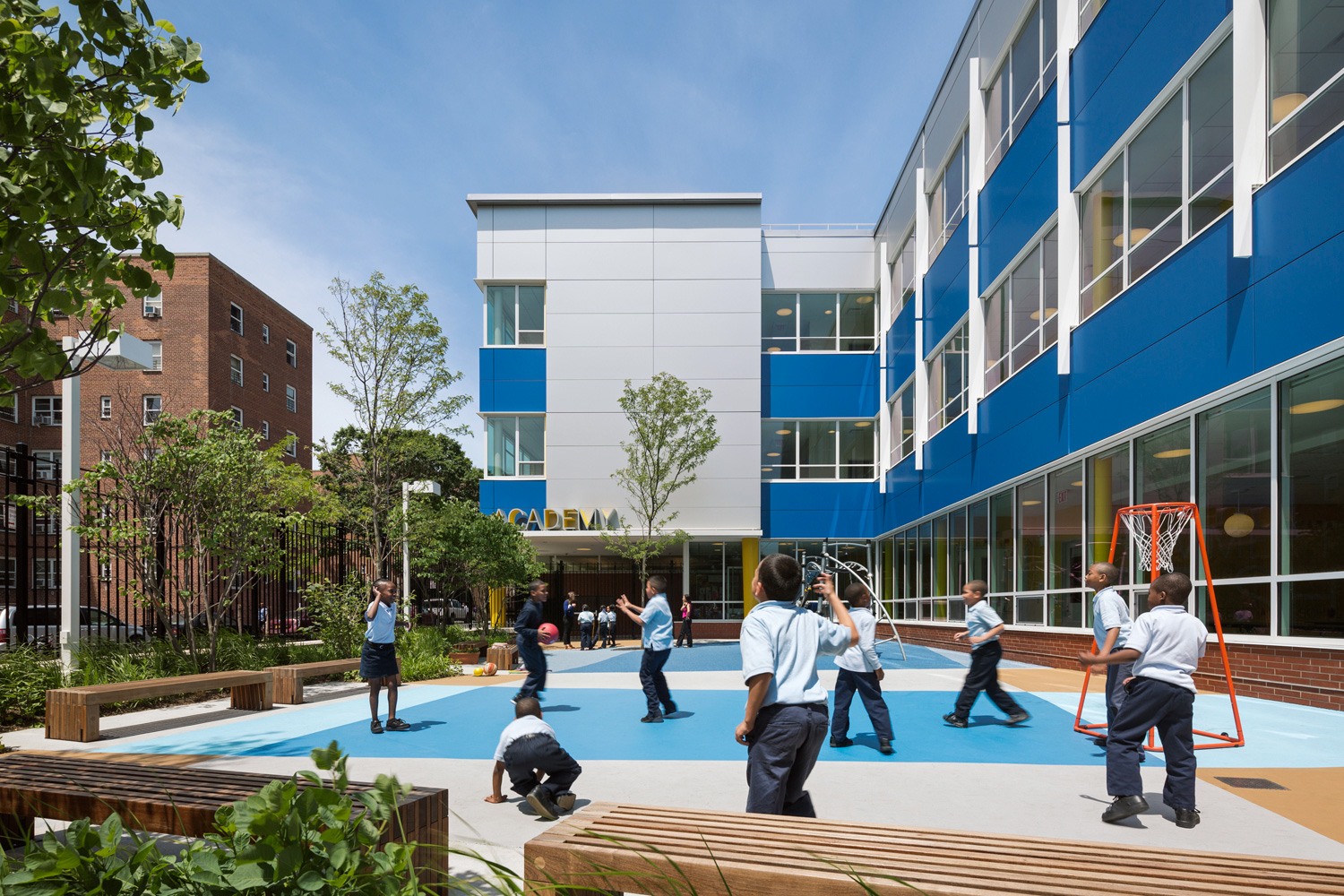
Projects
Reopening K-12 Schools After Coronavirus
- Location
- New York, New York
A partnership between the Department of Education and Department of Health with the support of Architects and Engineers is essential to the reopening of K-12 Schools after the pandemic. Every day that primary and secondary age children are not in school they face serious risk to their physical health. Whether it be COVID-19 today, flu season next year, under nourishment or trauma, the place to address them is at the schoolhouse door. If the goal is to open schools in the Fall, preparations should be under way now.
To address this need, Mitchell Giurgola developed a study on how merging healthcare and learning at primary and secondary schools will have enormous benefits to civic life. Using the firm’s expertise in designing K-12 facilities, we examined what the impact of reopening may look like at the city scale, school building scale, and at the hallway and classroom scale. Click here to read the study.


